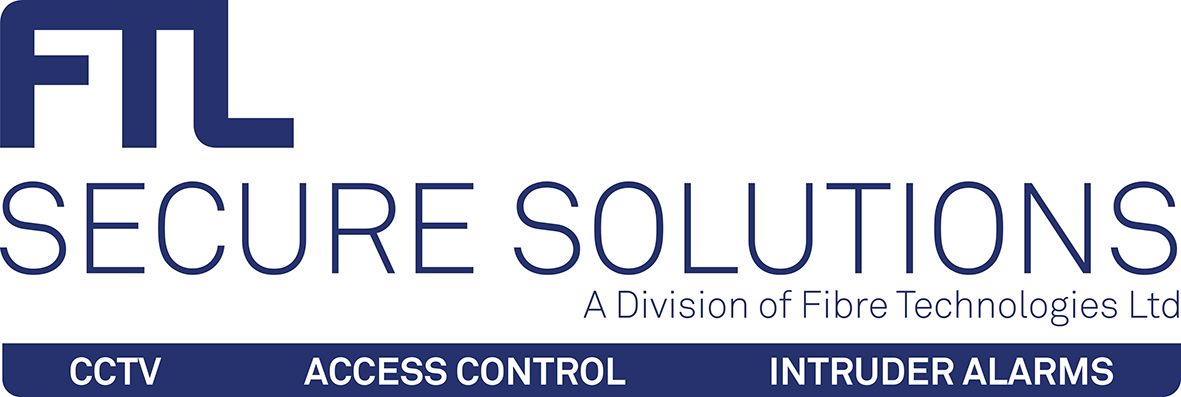Protecting data and assets is a critical element of any organization’s physical security gameplan
As businesses increasingly migrate to digital platforms, the modern office has become a hotbed of security vulnerabilities. While the COVID-19 pandemic saw an unprecedented shift towards remote working, that trend has begun to reverse, with major players such as Google, Amazon, Meta, and IBM leading the way in bringing employees back to the office full-time or part-time.
As of 2023, 59.1% of full-time employees work exclusively in the office, with a further 28.2% adopting a hybrid model, according to a Forbes study. As employers continue to adapt to the varied attendance patterns associated with hybrid work, smart access control systems are a crucial line of defense for protecting business-critical data and assets.
The Evolving Landscape of Access Control
Legacy systems, often based on keyfob or keycard readers, are becoming increasingly redundant. These older systems face issues such as a lack of timely software updates, delays in replacing or updating components, and an inability to scale according to the growing needs of a business.
Today’s smart access control systems offer not only enhanced security but also unparalleled convenience and ease of access. Highly secure smartphone applications, or sophisticated biometric technology like fingerprint readers, or facial recognition are used to authenticate users, thereby reducing the need for onsite physical security.
Approaches to managing access control systems have also evolved, with more businesses recognizing the benefit of moving from less secure local server setups to cloud-hosted systems, which offer greater security and reliability and remove the need for onsite infrastructure management.
Ensuring Data Security in the Digital Age
Older systems are particularly vulnerable to physical breaches, which puts not only tangible assets but also digital information at risk. Unauthorized physical access to restricted areas is a common entry point for data theft or exposure. Implementing modern access control systems is therefore just as crucial for data protection as traditional cybersecurity measures.
Modern access control systems can be configured to offer multiple layers of security, from biometrics to multi-factor authentication, supplying additional protection against unauthorized access. Zonal control can be used to ensure that only authorized individuals have access to sensitive areas.
Smart access control systems can identify suspicious activities, for example, if an unauthorized individual tries to enter an office space. Incidents such as failed authentication attempts or entry into restricted zones trigger alerts to managers in real-time — ensuring that sensitive data on computers or in physical documents remains secure. This not only prevents theft but also saves the organization from potential financial and legal repercussions linked to data breaches.
Streamlining Office Operations with Smart Access Control
The ability to integrate various aspects of office operations, from visitor management to room booking, makes smart access control systems a multifaceted tool that extends far beyond simple security protocols.
Modern systems allow for automated or offsite management of all aspects of employee or visitor movement around an office while presenting minimal inconvenience to end users — with technology such as facial recognition allowing seamless, hands-free access.
The resultant operational efficiency translates into cost savings, flexibility, and a more convenient work environment for employees, ensuring no loss of productivity due to common incidents such as keycard or keyfob loss.
Key Advantages for Security Managers
Today’s access control systems are integrated systems, combining innovative security hardware with smart software using AI and machine learning. Mobile apps and web portals give managers unprecedented control over access management, allowing for real-time adjustments and an extensive degree of automation. Managers benefit from greater visibility of access patterns to understand changing trends in how employees use the space, which can assist in planning where sensitive or valuable assets and resources are best located.
For example, controls can be set up to allow only specific personnel into areas where these valuable items are kept. If there’s any suspicious activity, such as access by non-specified employees or attempts to take assets out of specific zones, automated monitoring systems alert the management. This acts as an effective barrier against potential thieves, ensuring that valuable assets remain safe — and avoiding asset loss and the associated replacement and downtime costs.
The granularity of control offered by smart systems extends to defining user roles and access levels on a case-by-case basis, thereby equipping managers with the ability to fine-tune security protocols as needed.
Employee Training and Compliance
The human element can often be a security system’s greatest vulnerability. That’s why ongoing employee training in access control protocols is indispensable. Periodic awareness programs, training sessions, and penetration tests help in promoting a security-first mindset among staff.
Employees must understand the importance of compliance with these protocols—not just as a company policy but as a critical part of the organization’s overall security strategy. Regular audits and evaluations should be implemented to ensure that compliance is continuously maintained, with any areas of potential vulnerability addressed through additional training.
Future-proofing Access Control
The ever-changing technology landscape means that businesses should target their investment towards security solutions that are both scalable and upgradable. An investment in a rigid, outdated system is essentially a ticking time bomb — as it’s only a matter of time before new vulnerabilities emerge, at which point updating the system to address them can be both expensive and time-consuming.
Future-proofing involves not just selecting systems based on current needs, but also considering how adaptable these systems are to new technologies and threats, and how well they align with the overall growth strategy — for example, the likelihood of opening new locations, updating working patterns or changing how and where sensitive information or valued assets are stored.
Forward-thinking organizations should therefore opt for modular, easily upgradable systems that can be customized to meet future security challenges and take advantage of innovative technologies as they emerge.
Conclusion
Investing in a smart, scalable access control system is not just a security decision; it’s a business imperative. As employees shift from the more predictable “9-5” working days to highly individualized schedules, having both a broad visibility of access patterns and granular oversight and control of individual movements is invaluable.
From safeguarding data to streamlining operations, the benefits of smart access control systems extend beyond simply securing entry and exit points — delivering enhanced operational performance and security throughout the organization. As working patterns and access requirements continue to evolve, the role of sophisticated and integrated access control systems in maintaining a secure and efficient office environment cannot be overstated.
About the author: Steve Gibson is a seasoned strategic advisor with extensive experience in the field of smart locks and property management. As the Strategic Advisor for Worldwide Sales and Marketing at LocklyPRO, he plays a pivotal role in shaping the company’s global strategy and driving its success in the market. With a deep understanding of the industry, Steve leverages his expertise to develop innovative strategies that enhance Lockly’s presence and maximize its potential in the smart security solutions space.


